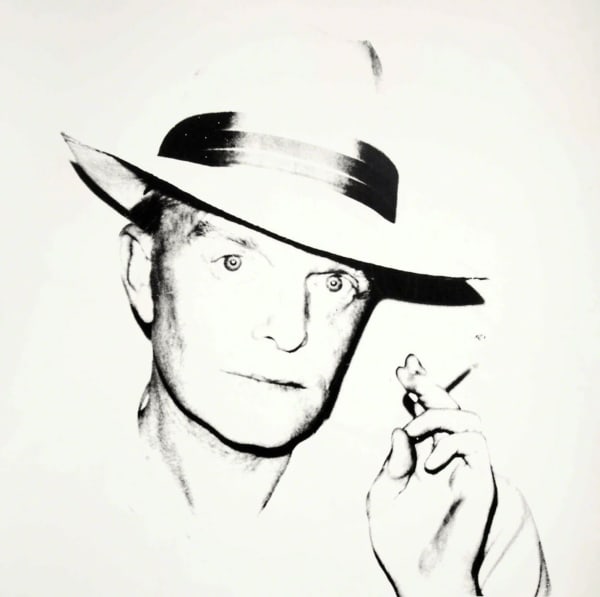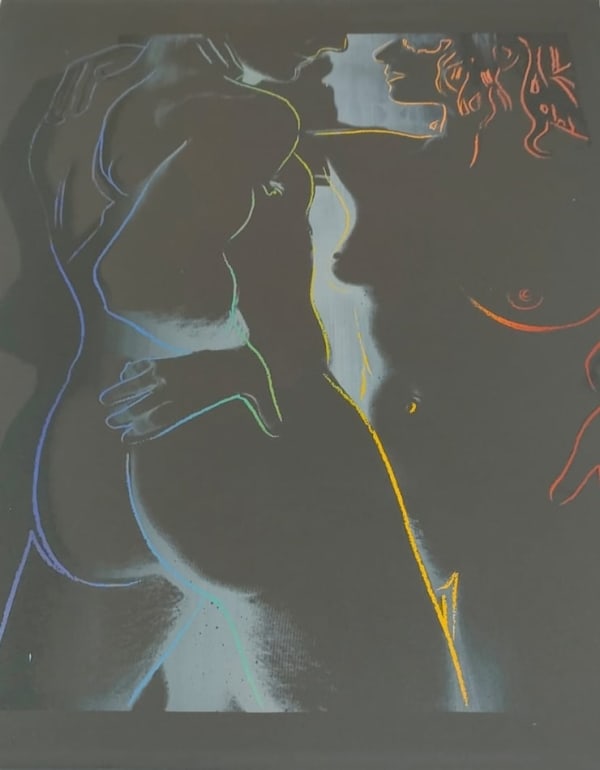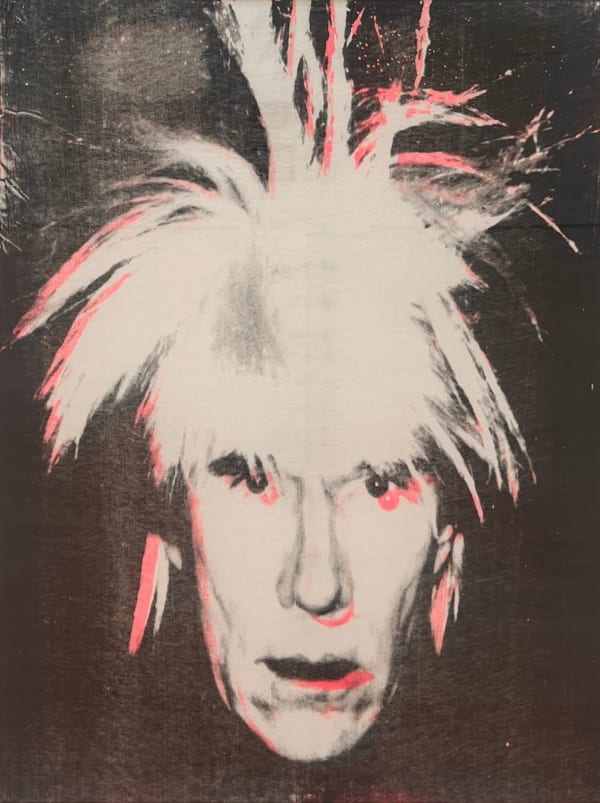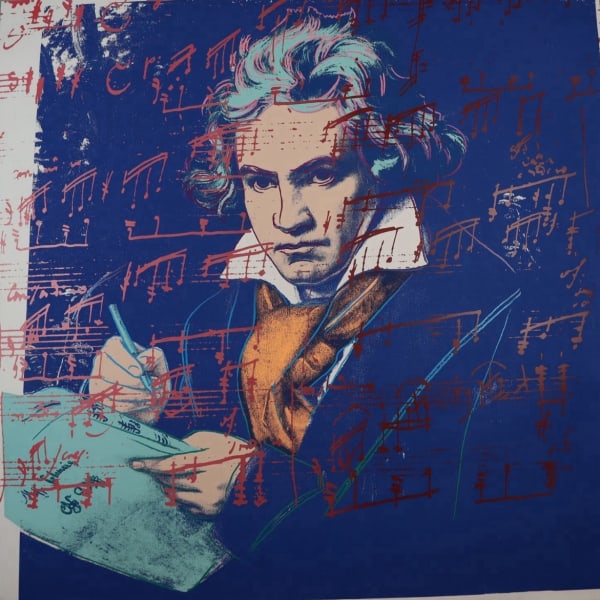What is a Warhol Original?
When we think of original artworks we often think of an artwork created by the hand of the artist. However, Warhol was well known for his desire to remove the hand of the artist from the entire creation process of his world. Indeed, warhol is often considered to be a pioneer of silkscreen printing and contributed many innovations to the technique he would, ultimately, master.
In one sense, Warhol's "originals" aren't always traditional paintings, as many of his works were created using silkscreen printing, sometimes embellished with hand-painted or drawn elements. However, here’s what makes an original piece distinct:
- Hand-painted or hand-drawn elements: Some of his early works, like his "Death and Disaster" series, included painted backgrounds before the silkscreen process.
- Unique pieces: Some Warhol works, even though created via printing, exist as one-of-a-kind due to color variations, hand finishing, or compositional differences.
- Commissioned portraits: Many of Warhol’s portraits of celebrities and socialites were created as unique works.
- Paintings and drawings: Warhol also created paintings and drawings, especially in his early career pre-1962, before moving heavily into silkscreening.
What characterizes a Warhol Print?
Warhol is known across the world for his innovation of both art itself and the mediums he used, prints were a major part of his artistic practice and often exist in limited editions:
- Silkscreen prints: These are the most common Warhol printing method that Warhol used and were often produced in numbered editions.
- Signed and numbered: Many of Warhol’s limited-edition prints are hand-signed and numbered, making them valuable collector’s items.
- Factory-made but Warhol-approved: While Warhol employed assistants at The Factory to help produce these works, they were still considered authentic "Warhol" pieces.
- Popular series: Some of his most famous prints include "Marilyn Monroe" (1967), "Campbell’s Soup Cans" (1962), and "Mao" (1972).
what is the difference between Warhol originals and Warhol prints?
- Originals: Typically unique or have hand-done elements.
- Limited Edition Prints: Often numbered and signed (e.g., "35/250" means the 35th print in an edition of 250). There were also unique color variations released as trial proofs in an even more limited series.
- Reproductions/Posthumous Prints: These are prints made after Warhol’s death, often with no signature or numbering, and have significantly less value. Normally, reproductions have more decorative value and are not considered investment grade.
Types of Warhol prints
Trial Proofs
Artist Proofs
Printer's Proofs
Exhibition Proofs
Hors Commerce
Unpublished Prints
Prints vs Originals - What is right for you?
Whether you’re purchasing a limited edition print or an original painting or work on paper, there is a Warhol for everyone. Offering both aesthetic appeal and financial value, navigating the selection process of which work will be the first piece in your collection or simply your most recent addition is a journey that we at Guy Hepner feel specialized in assisting you on. Since 2004, Guy Hepner has assisted collectors across the globe to buy Andy Warhol art. Based from our new York and London locations, we make collecting Warhol an exciting, rewarding and fulfilling experience.
For more information on our current one of a kind Andy Warhol original art for sale featuring several trial proofs or to buy limited edition prints, contact info@guyhepner.com for more information.










